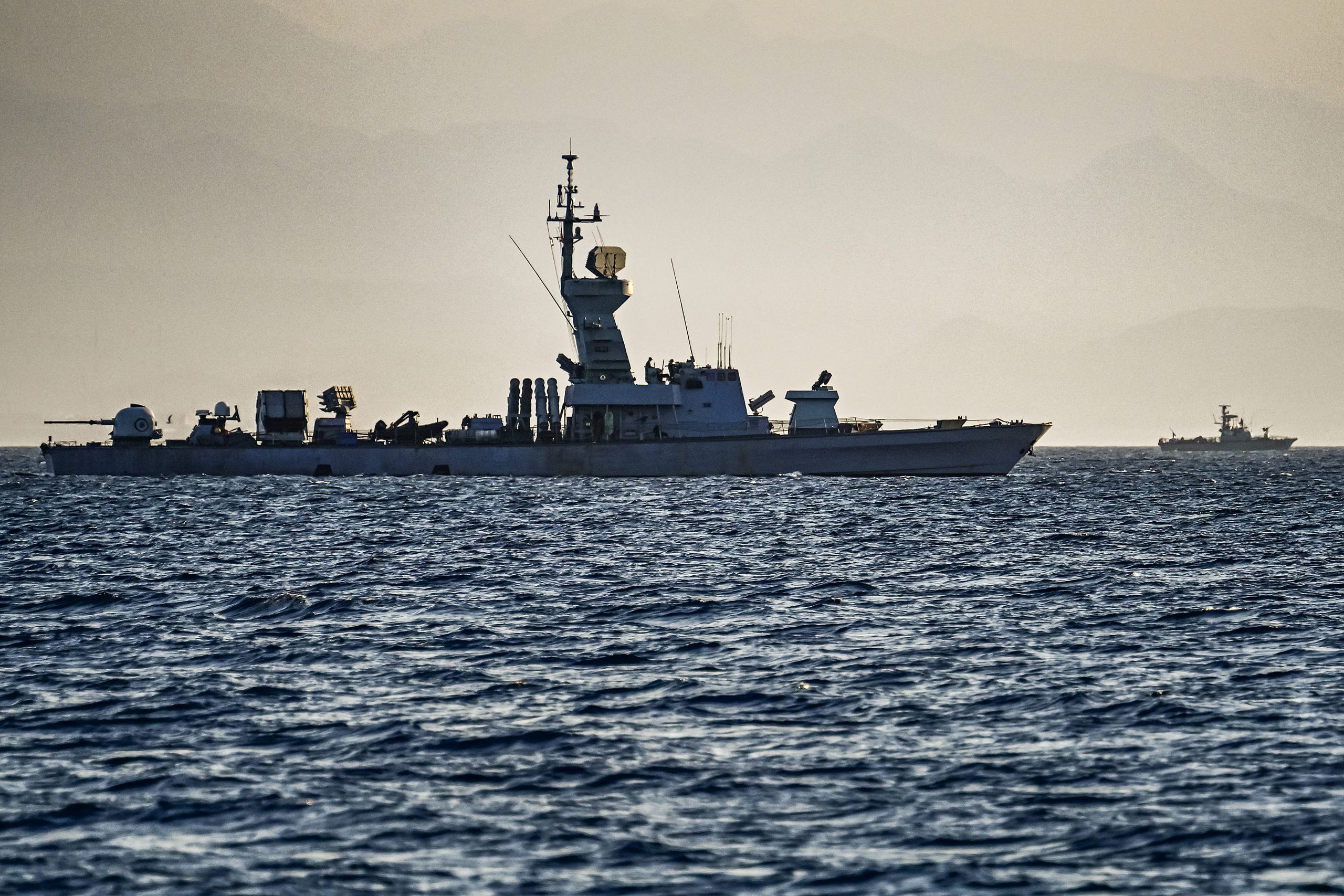
views
The attacks on commercial ships in the Red Sea by Yemen’s Houthi rebels have rerouted a majority of global trade away from the crucial maritime route for consumer goods and energy supplies. Several leading companies and business groups have said that they would avoid travelling through Red Sea to avoid possible attacks, leading to delays and price hike.
Meanwhile, another major shipping route – Panama Canal – facing droughts leading to a reduced number of daily transits from 29 to 25 ships. The Panama Canal Authority is starting new cuts in vessel traffic which will reach over a 40% reduction of vessels by February due to an ongoing drought.
About six percent of global maritime trade passes through the Panama Canal while 30 percent of global container traffic pass through the Suez canal, which leads into the Red Sea each year.
Here is a detailed look at how the disruptions at the two major routes across the globe has impacted trade:
Red Sea Disruptions
Why Are Houthis Attacking Ships in Red Sea?
The Houthis, Iranian-backed rebels who seized Yemen’s capital Sanaa, in 2014, have sporadically targeted ships in the region, but the attacks have increased since the start of the Israel-Hamas war. The Huthis say their strikes on passing container ships are in support of Palestinians in the Gaza war raging between Israel and militant group Hamas since October 7.

They have used drones and anti-ship missiles to attack vessels and in one case used a helicopter to board and seize an Israeli-owned ship and its crew. They have threatened to attack any vessel they believe is either going to or coming from Israel. That’s now escalated to apparently any vessel, with container ships and oil tankers flagged to countries like Norway and Liberia being attacked or drawing missile fire.
Why is Red Sea Important?
The Red Sea has the Suez Canal at its northern end and the narrow Bab el-Mandeb Strait at the southern end leading into the Gulf of Aden. It’s a busy waterway with ships traversing the Suez Canal to bring goods between Asia and Europe and beyond.
Around 20,000 ships pass through the Suez Canal every year. 40% of Asia-Europe trade normally goes through the area, including a huge amount of energy supplies like oil and diesel fuel for import-dependent Europe.
In all, about 30% of global container traffic and more than 1 million barrels of crude oil per day typically head through the Suez Canal.
How Houthi Attacks are Affecting Trade?
Huge shipping container companies MSC, Maersk, CMA CGM Group and Hapag-Lloyd, among others, are avoiding the Red Sea and sending their ships around Africa and the Cape of Good Hope. Shippers amounting to 62% of global capacity are opting for the longer route. That’s lead the number of vessels moving through the Red Sea to drop by more than 40% in a week.
London-based BP also that it has “decided to temporarily pause all transits through the Red Sea,” including shipments of oil, liquid natural gas and other energy supplies.
Drought in Panama Canal
Why is there Drought in Panama Canal?
The lack of water in Panama has hampered canal operations in recent years and some experts have warned that ships may soon have to avoid the canal altogether if the problem gets worse.

Though Panama with its equatorial climate it one of the wettest countries, rainfall there has been 30 percent below average this year, causing water levels to plunge in the lakes that feed the canal and its mighty locks.
Fewer passages could deprive Panama’s government of tens of millions of dollars in annual revenue, push up the cost of shipping and increase greenhouse gas emissions when ships travel longer routes.
Is the Trade Hit Through Panama?
In 2023, 510 million tons of cargo passed through the Panamanian waterway, eight million less than in the previous year.
The number of transits also fell from 13,003 vessels to 12,638. According to Panama Canal authorities, the drought has reduced the number of daily transits from 29 to 25 ships and in the proceeding weeks, it will further reduce vessels to 18 ships a day in February, according to CNBC.
This decrease is due to measures that the Canal Authority has taken to restrict vessel traffic due to water shortages resulting from climate change and the El Nino phenomenon.
The canal operates entirely from water collected through rainfall. According to authorities, 2023 is the second-driest year in the Canal watershed’s recorded history, AFP reported. However, the Panama government said that the Canal delivered $2.5 billion to the national treasury for last year’s operations despite record-low water levels.
(With inputs from agencies)
















Comments
0 comment